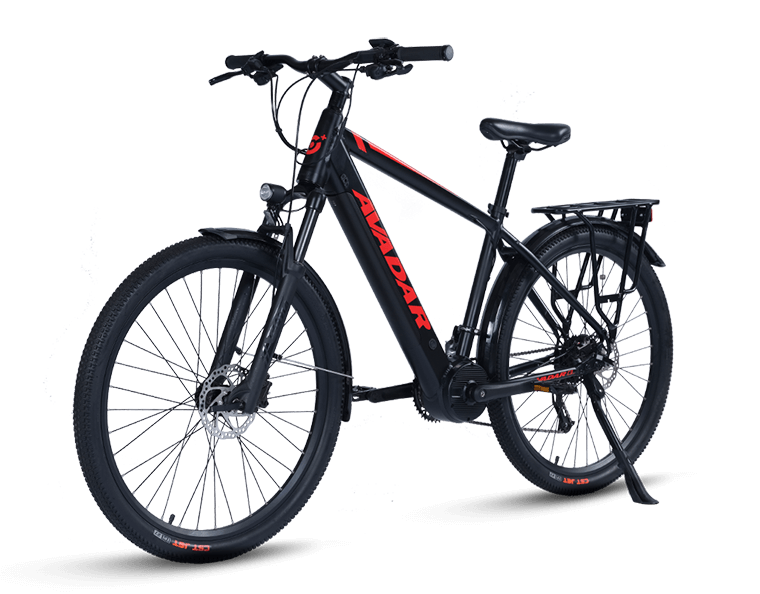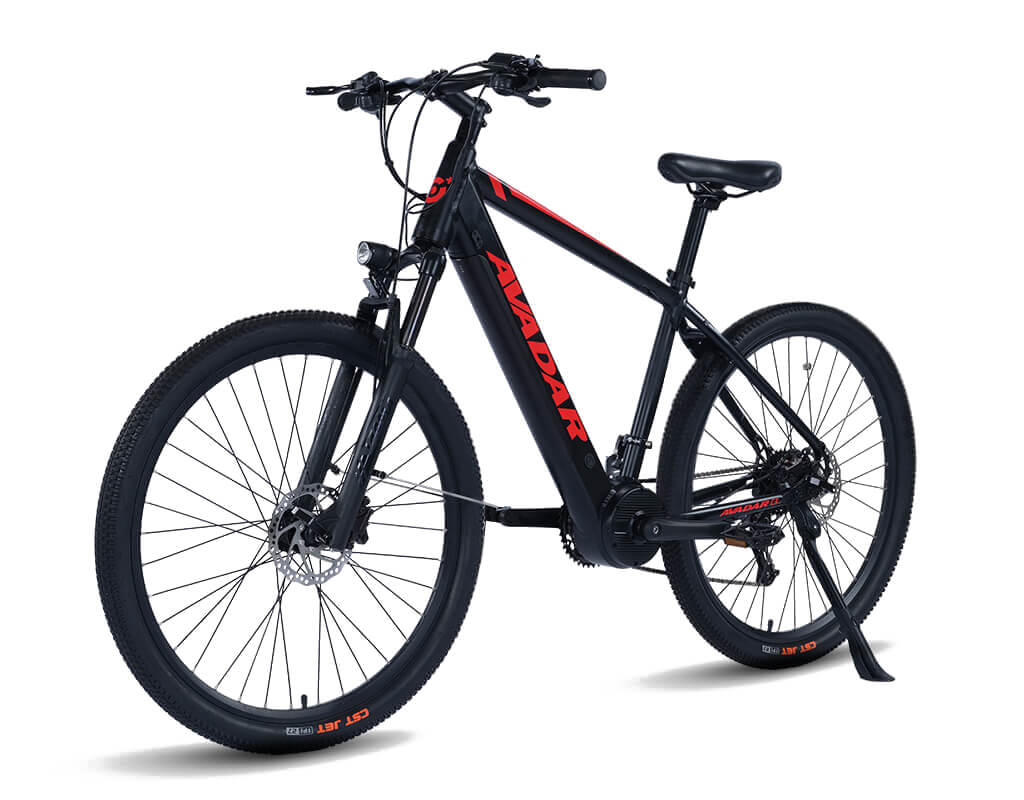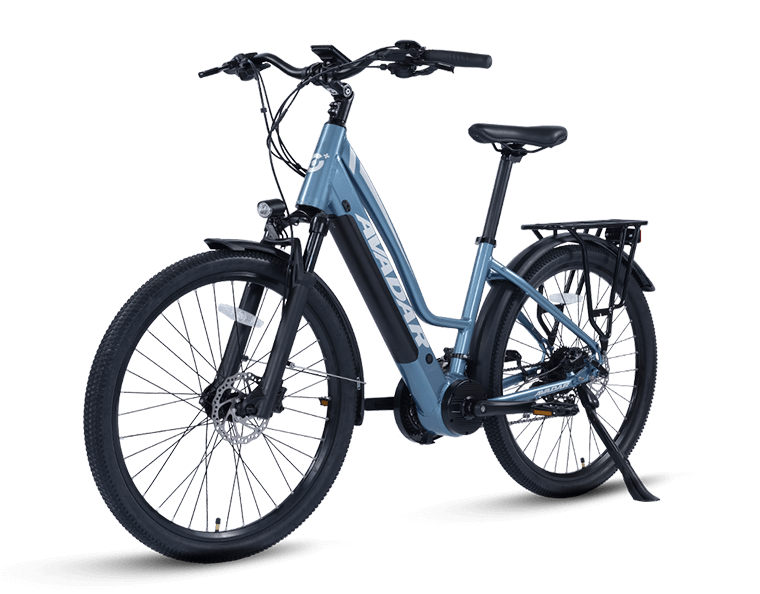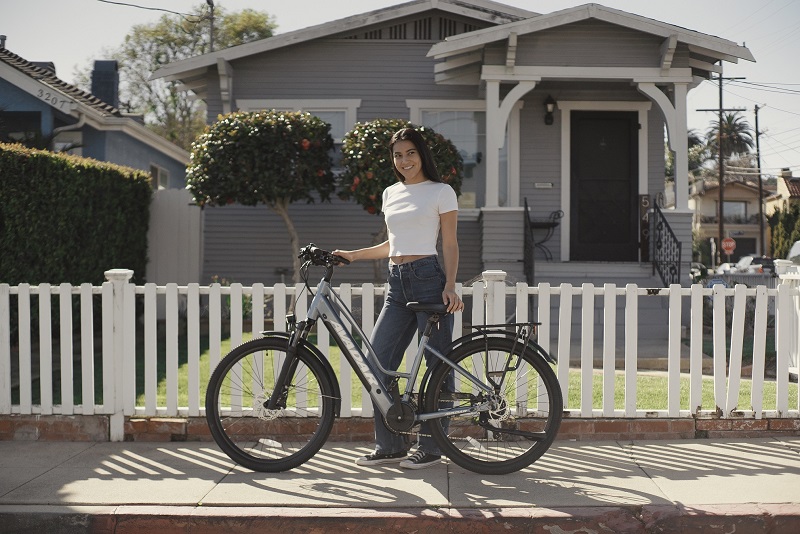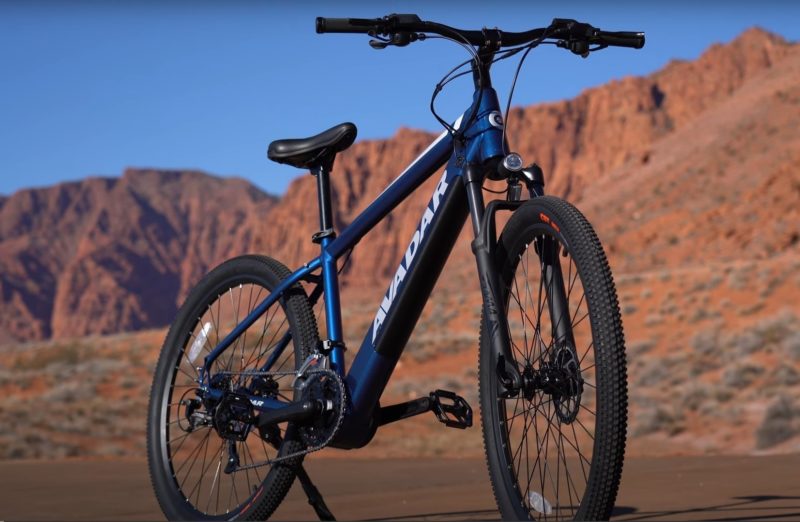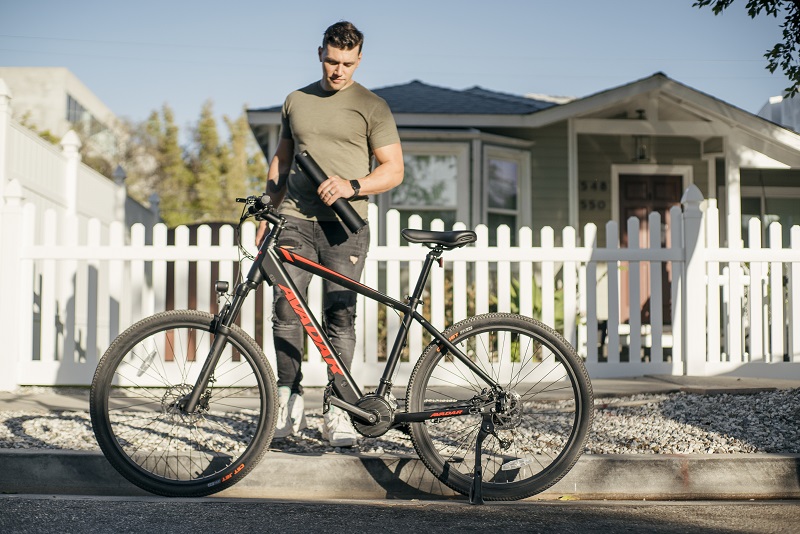
How to Choose an Electric Bike
When you ride an electric bike – or e-bike – for the first time, it can feel like discovering a superpower. That’s because pedal-assist e-bikes expand your options on two wheels: you can keep up more easily in stop-and-start traffic, arrive at your destination less sweaty, or simply enjoy a little more momentum on rides that might have otherwise seemed too far or too hilly.
E-bikes initially fall into the same categories as conventional bikes: mountain bikes and road bikes, as well as niches such as city bikes, hybrid bikes, cruisers, cargo bikes, and folding bikes.
Understanding the Three Classes of Electric Bikes
Primarily for regulatory reasons, electric bikes are also divided into classes that indicate their level of motor assistance. The question of which class of e-bike you need is an important decision point:
-
Class 1: Motor turns on only when you pedal and stops helping at 20 mph.
Class 2: Also has pedal assist up to 20 mph and a pedal-only mode.
Class 3: Pedal assist only (same as for Class 1), but the assist continues until you reach 28 mph.
Most new cyclists start with a Class 1 e-bike. Class 1 bikes are the most affordable and, in terms of regulatory requirements, the most widely accepted. You can ride them on city streets and many bike paths.
Class 2 e-bikes are generally allowed in the same locations as Class 1 e-bikes. This is because both classes have a maximum speed of 20 mph for motor assistance.
Class 3 e-bikes are popular with commuters and walkers. Compared to Class 1 bikes, they are faster and more powerful (and cost more). The benefit of this added power is that you can better keep up with traffic. They also climb better and can carry heavier loads. The downside is that you cannot ride on most bike paths or mountain bike trail systems.
Find out the access rules before making a final decision on an e-bike class. The caveat with all of the above access information is that laws, licenses, registrations, age restrictions, and land management rules change.
E-bike batteries, ranges, and motors

Manufacturers pay a lot of attention to the drive system of any bike. The tradeoff in development is power versus range. A more powerful motor provides more speed to keep up with traffic and more torque to climb hills and carry loads. A more powerful motor also consumes the battery faster, reducing your range.
If you compare potential e-bikes, you’ll see a broad range of specs: 10-60 miles with pedal assist, for example. That’s because so many variables affect range.
Battery charging time: most batteries take three to six hours to fully charge, with large capacity batteries taking longer. You can purchase an additional charger (or take your charger with you) if you plan to commute on your e-bike. You can also buy faster chargers.
Multiple batteries: Some e-bikes allow you to use two batteries at the same time. This can extend the duration of your ride – and if one battery dies, you have a backup. You can also buy an extra battery to have a fully charged one on hand or to replace your battery at the end of its life (usually several thousand charges).
Battery installation: Batteries integrated into the frame make room for bottle cages or a small bike bag. External batteries, however, are easier to charge and replace.
Mid-drive motors are located at the bottom bracket (the place where the crank arms attach to the bicycle frame). Hub-drive motors are located in the hub of the rear wheel (some are located on the front wheel).
Mid-Drive Motors: Many motors are equipped with this system for a variety of reasons. The pedal assist responds with a natural feel, and the weight of the motor in the mid and low provides a balanced and stable ride. Take a look at our mid-drive bikes.
E-bike Motor Torque

Torque is a specification you should check if you plan to drive uphill a lot and/or carry heavy loads. Measured in Newton-meters (Nm), the stated maximum for an e-bike is between 40 Nm and 80 Nm. However, your actual riding torque will vary if you change the pedal-assist settings.
Make sure your e-bike fits well
Another truism for both regular bikes and e-bikes is that the best bike for you is the one that truly fits you. For an investment as big as an e-bike, make sure it feels like it was made for you – or that it can at least be modified to fit you with a few clever replacement parts – before you ride it out the door.
The most important thing for a good fit is to know what frame size you need, which is roughly based on your body size. Aside from frame size, the frame geometry of an e-bike determines how it should fit your body measurements. A visit to a bike shop is the best way to adjust your fit so that your knees, shoulders, back, feet, and hands are properly aligned for the riding position you desire. You can also visit a specialist to get a detailed bike fitting that can prevent chronic injuries and help you perform at your best.
When you are in a bike shop, take the time to test ride the bike you want. Most stores have a room where customers can do this. Trying more than one bike will give you a better feel for your options and help you figure out which style is best for you.
